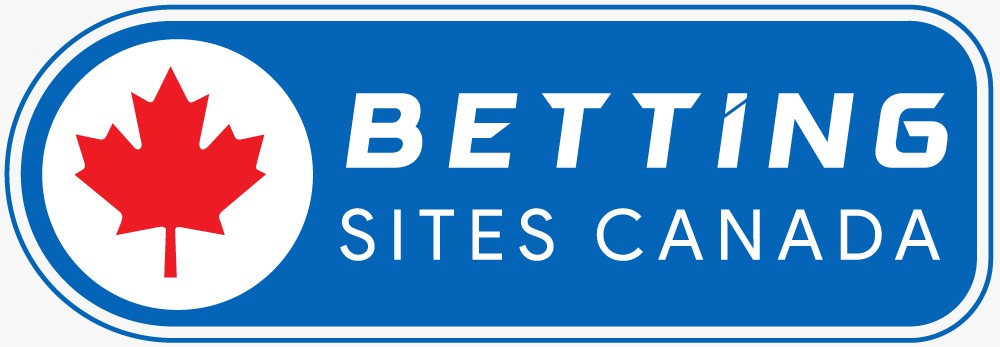|
Evolution
Overview
Rules
 Hurley/Hockey Hurley/Hockey
Rules of
Hurley
1887
Rules of Hockey
1859
1877
1899
 Halifax Halifax
 Montreal Montreal
 On On
Side
 Face Face
Off

|
The Rules of Hurley
The WHHS thanks the "The Gealic Athletic
Association" for the following information
The original rules
of the GAA for Hurling were first written in the year 1887 and were subsequently
published in the "United Ireland" magazine on the 7th February 1887.
- The ground shall, when convenient, be at least 200 yards long by
150 yards broad, or at least to that size as can be got.
- There
shall be boundary lines all around the ground, at a distance of at least five
yards from the fence.
- The goal shall be two upright posts, twenty
feet apart, with a cross-bar ten feet from the ground. A goal is won when the
ball is driven between the posts and under the cross-bar.
- The
ball is not to be lifted off the ground by the hand, when in play.
- There
shall not be less than fourteen or more than twenty one players at the side in
regular matches.
- There shall be an umpire for each side and
a referee who will decide in cases where the umpires disagree. The referee keeps
the time and throws up the ball at the commencement of each goal.
- The
time of play shall be one hour and twenty minutes. Sides to be changed at half
time.
- Before commencing play hurlers shall draw up in two lines
in the centre of the field opposite to each other and catch hands or hurleys across,
then separate. The referee then throws the ball along the ground between the players
or up high over their heads.
- No player to catch, trip or push
from behind. Penalty, disqualification to the offender and free puck to the opposite
side.
- No player to bring his hurley intentionally in contact
with the person of another player. Penalty, same as in Rule 9.
- If
the ball is driven over the sideline it shall be thrown in towards the middle
of the ground by the referee or one of the umpires; but if it rebounds into the
ground it shall be considered in play.
- If the ball is driven
over the end lines and not through the goal, the player who is defending the goal
shall have a free puck from the goal. No player of the opposite side to approach
nearer than twenty yards until the ball is struck. The other players to stand
on the goal-line. But if the ball is driven over the goal-line by a player whose
goal it is, the opposite side shall have a free puck on the ground twenty yards
out from the goal posts. Players whose goal it is to stand on the goal-line until
the ball is struck. N.B. – Hitting both right and left is allowable.
Taken from "The Gealic Athletic Association"
website
|
|


